Owned by the owners and operators of the adjacent Il Pirata Bar & Restaurant on 16th Street, the derelict 2-story Potrero Hill home at 312 Utah Street, which had been boarded up for a decade, was sold for $1,060,000 in March of 2018 and then demolished by way of an emergency permit that July.
Plans for a four-story, three-unit building to rise on the 312 Utah Street parcel were subsequently drawn.
But the owners of Il Pirata, who sold the parcel, have challenged the proposed plans by way of a requested Discretionary Review (DR).
Concerned that the proposed project “will impact the privacy of the patrons of [Il Pirata],” as the project’s proposed second and fourth floor decks overlook Il Pirata’s outdoor patios, and that the proposed separation between new and existing buildings is not enough to mitigate any potential noise transmission from Il Pirata’s “Massive Sound System” to the new building, the owners of Il Pirata are seeking a 5-foot setback of the decks from Il Pirata’s property line, the construction of 6-foot solid walls along the northern edge of the new building’s decks, and the installation of additional sound insulation and baffling measures, beyond what was already specified with the neighbor in mind, in the space between the buildings.
While objecting to the objections, the project sponsor has agreed to the 5-foot setback of the decks, along with the installation of five-foot-tall privacy screens to “protect the privacy” of the patrons on Il Pirata’s patios. And in the words of Planning with respect to the request for additional noise insulation:
“Noise emanating from [Il Pirata] that exceeds acceptable levels should be their responsibility to abate. It is also incumbent on the project sponsor to design a building that accounts for the noise levels and abates them with sound mitigation measures, but that is not the responsibility nor role of the Planning Department to regulate, monitor, or enforce.”
And with that in mind, San Francisco’s Planning Department is recommending the proposed infill development at 312 Utah Street be approved as proposed, but with the 5-foot setback for the two decks and screening as offered.
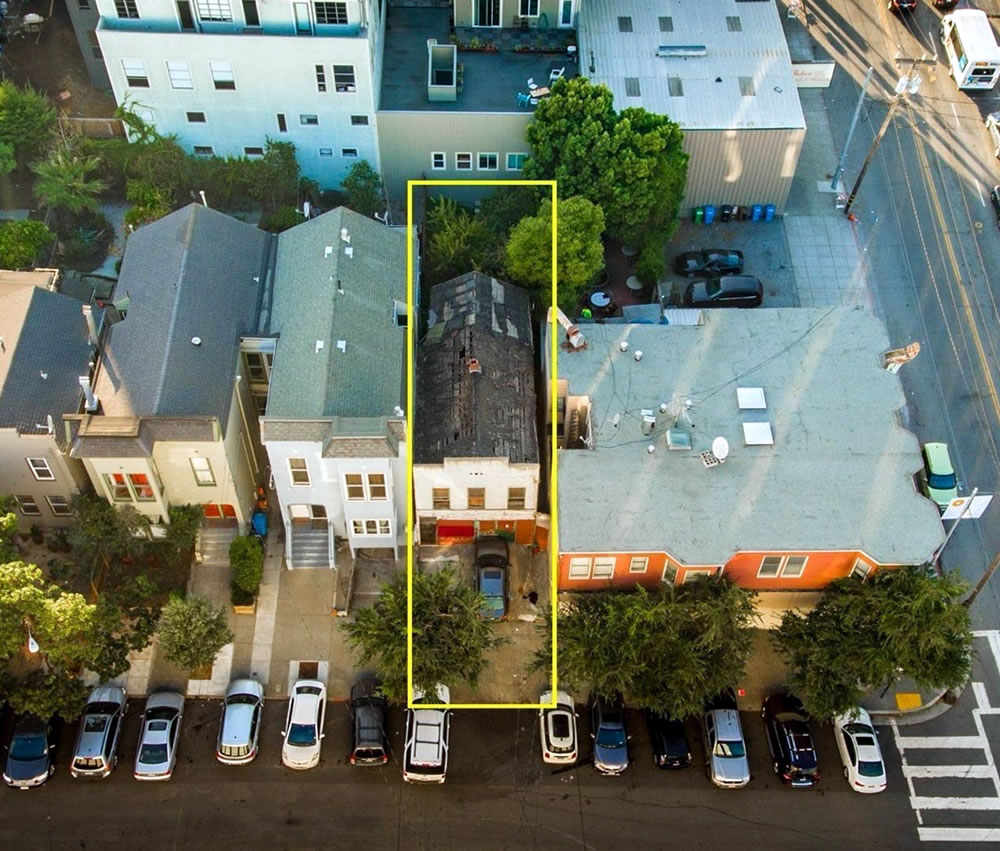
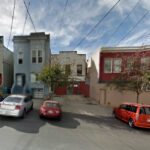
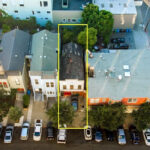
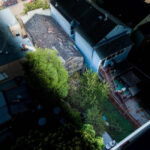
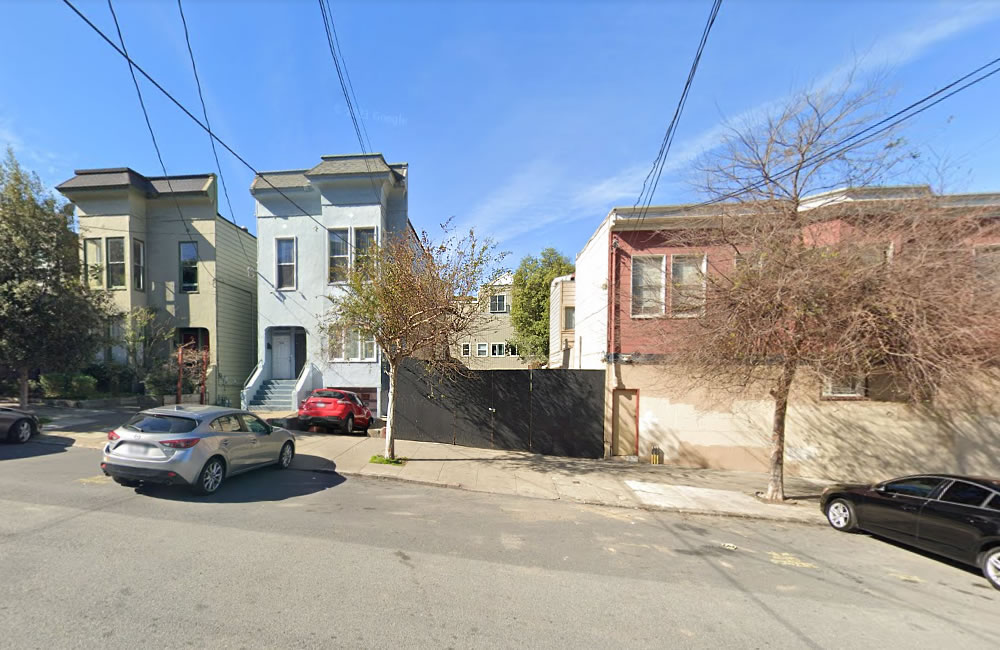
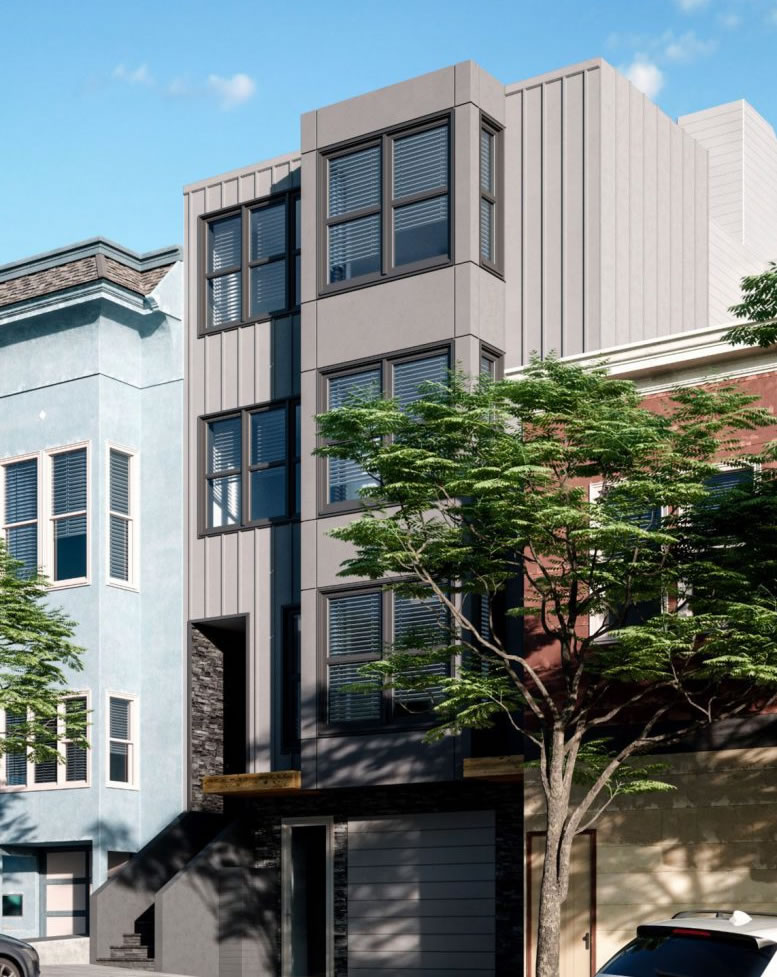
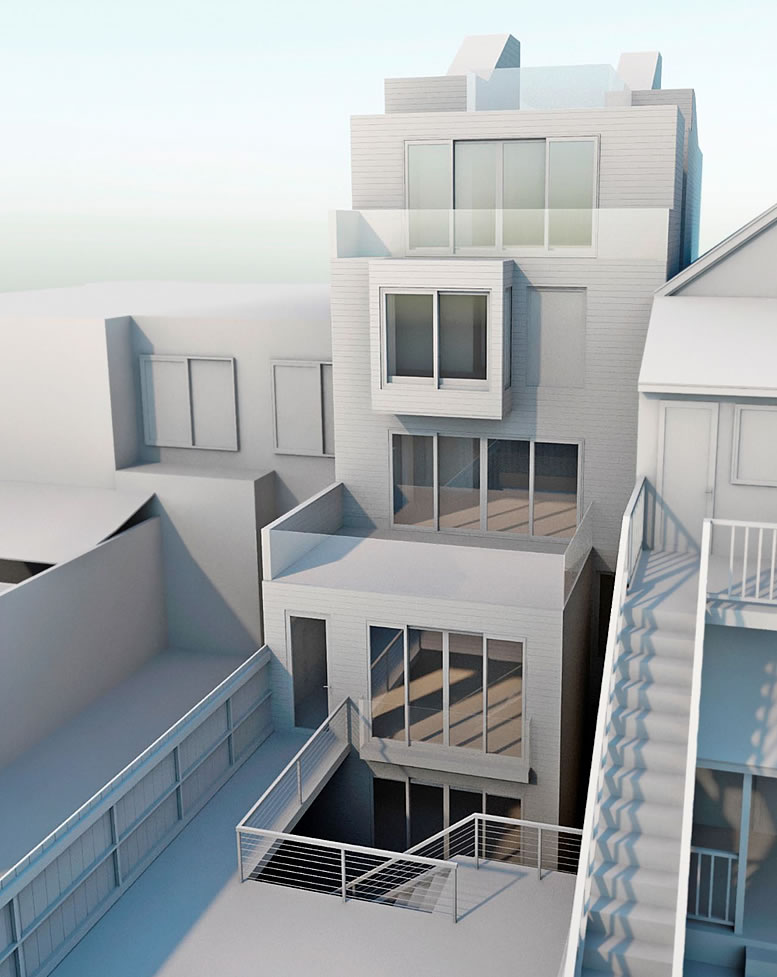
but that is not the responsibility nor role of the Planning Department to regulate, monitor, or enforce
rec’d for unusual candor.
Isn’t the 5 foot setback pretty much SOP now anyway?
Per the building code, a deck within 5′ of the property line is required to have a fire-rated wall. That means a solid wall that runs uninterrupted from the foundation up to 30″ above the top deck. Guardrails are required to be 42″ above the deck’s walking surface.
Hope this goes through, as this easily could have been another mansion (and still could be!) While we’re here, for all the development-o-phobes, the evidence continues to accrue that increases in market rate housing lowers rents for all.
Without even bothering to check which right-wing think tank these surely neo-classical economists are associated with, it’s Helsinki, breh.
Finland is an advanced democracy with one of the world’s most robust social safety nets, livable wages and benefits for workers at the bottom of the pay scale; a low GINI coefficient, and a central bank more interested in stability than in blowing historic asset bubbles for the ,01% class. OTOH, the US is a dysfunctional banana republic with the weakest safety net in the industrialized world, miserable compensation for essential workers, historically-high wealth inequality, and a real estate sector based on flipping homes to hedge funds and money launderers.
The real estate markets aren’t remotely comparable, and what might obtain in stable FInland can’t be generalized to a real estate casino like the US.
VAltion Taloudellinen Tutkimuskeskus (say that, even one time…s–l–o–w–l–y)
but you must know this if you got far enough to know it was about…well somewhere other than the U.S..
“New housing built in expensive areas of the city does indeed primarily house the better-off. However, the moving chains triggered by these new units reach middle- and low-income neighborhoods quickly, within a year or two. Our register data also allows us to show that low-income individuals are part of the moving chains. This is direct revealed-preference evidence that low-income individuals in the city area also benefit from new expensive housing, even when the new units are allocated to individuals higher up in the income distribution.”
This observation makes sense from start to Finnish.
The key line: “New housing built in expensive areas of the city” (versus development in middle- and low-income neighborhoods which actually induces demand, drives gentrification, and increases average rents).
And now back to the project and circumstances at hand…
I’m not sure if there is such a thing as an ‘inexpensive’ part of San Francisco, but it would be logical to put more housing in expensive parts of the city like Noe Valley, the Mission, Pac Heights, and let the population adjust.
It’s a shame that we haven’t had a similar data study in effect during the pandemic. A shuffling of rental tenants is occurring/has occurred. I suspect that when some mobile tech workers fled, their spaces were taken over by a more varied tenant population, who in turn released other spaces for other people. The “moving chain effect” is a logical concept.
As for the current situation, the actions by the bar owners demonstrate their ignorance of the process being enabled by the Discretionary Review. It’s not up to Planning to determine if a construction plan is safe etc. That’s the purview of building.
Deck setbacks to protect the privacy of Pirata patrons are not logical. Bar owners could have kept the lot and expanded their business if it was a great concern.
Here is another academic paper, cited in the above referenced paper, with the same findings in ‘Murica: “This suggests that new construction reduces demand and loosens the housing market in low- and middle-income areas, even in the short run.”
Word on the street is that the developer damaged Il Pirata’s building and then refused to do any repairs unless Il Pirata’s owners supported their project. Once the DR was filed and Planning got involved the repairs finally done. Il Pirata also consulted with a structural engineer who reviewed the plans and raised concerns over the basement excavation causing structural damage to Il Pirata. DR seems to be the wise move.
From the perspective of the project team, in response to the DR:
And with respect to the excavation, the plans for which remain as proposed:
As noted, the review and approval of structural plans falls under the purview of the DBI and is required prior to a building permit for an approved project being issued.
So they say. It’s been pretty clear the project sponsor has not been acting in good faith. We’ll see if the Planning Commission agrees.
“…they are worried that the project will place weight on their foundation…”
This concern is unfounded. How could a project place weight on a neighboring foundation unless either or both foundations spanned the property line?
The concern is not unfounded.
Foundation forces are modeled to extend out at 45 degree diagonals away from the weight above.
This is especially relevant depending on how compact the soil is. There are solutions such as grout injection, but all of those ought to be handled during the building department review phase.
Try to dig down on a property line foundation without grouting in the Sunset or Richmond and you’ll break your neighbor’s walls, and get sued.
What facts support that they have not been acting in good faith?
Il Pirata hasn’t been relevant since Casual and Saafir buried the hatchet there back in ’98 or so.
What expectation of privacy would a bar/restaurant patron have? Why?
We have reached a new level of absurdity. People in a public venue (bar/restaurant) want privacy from the occasional resident on their deck? I think it’s the other way around. Remind me NEVER to patronize Il Pirata. Oh I don’t need reminding.
Wait, did the sellers have some sort of handshake deal with the developer that they’d go the extra mile to make sure there’s no conflict with the bar and future neighbors, then the builder was like “yeah, we don’t have to do any of that”? I’m really not sure what they thought would happen when they sold the lot next to door.
Learning that Il Pirata owns their building definitely explains how it has survived all these years—sounds like they’ll be in business until they decide to retire. Prospective renters or buyers of 312 Utah Street, definitely ask to see the unit in the evening.
The lot, which was marketed as a “developer’s dream,” appears to have been sold without any deed restrictions or other covenants in order to maximize its sale price.
Lolz, I guess the developer dreamt a little bigger than the seller.